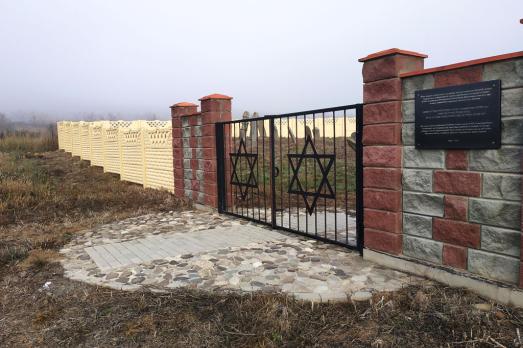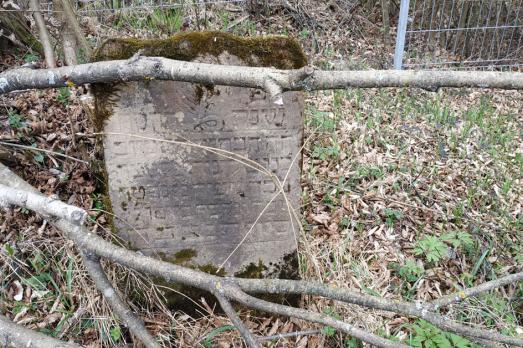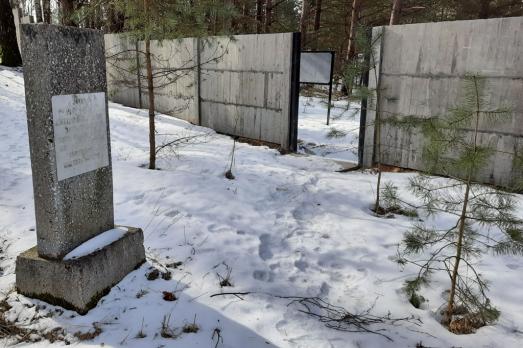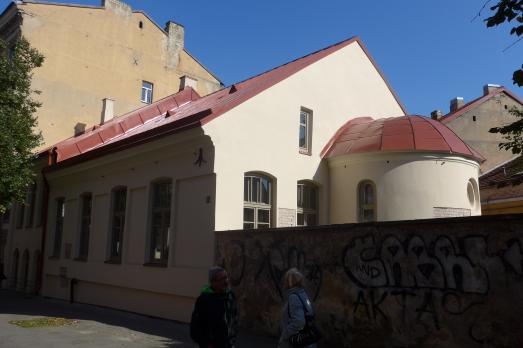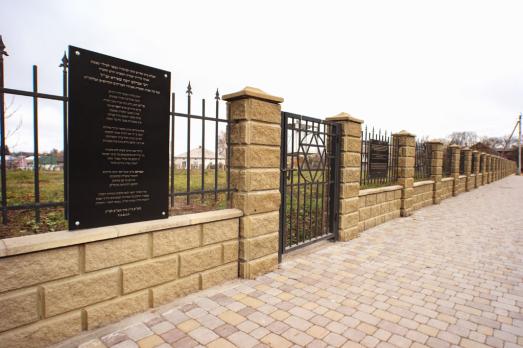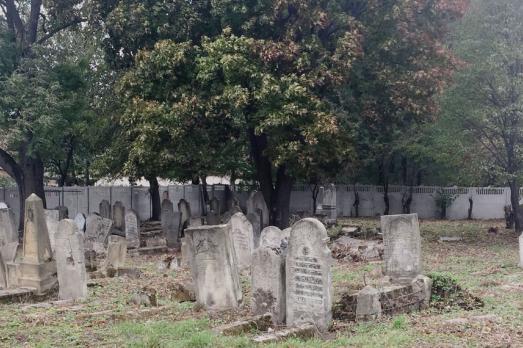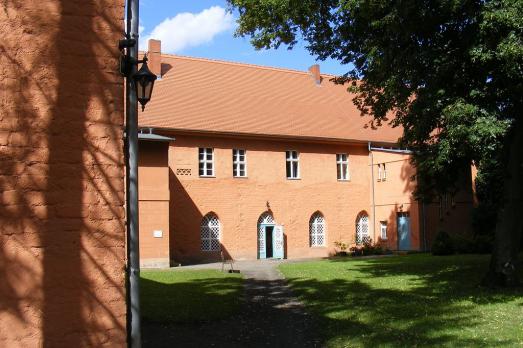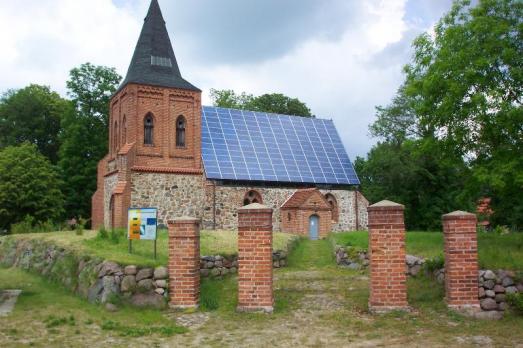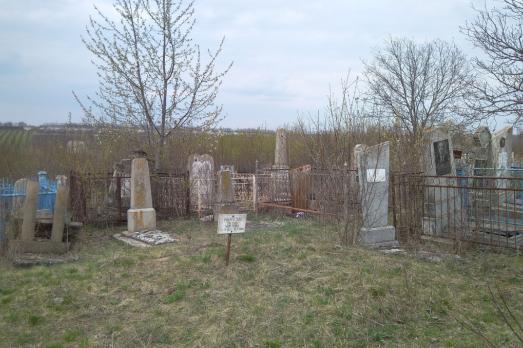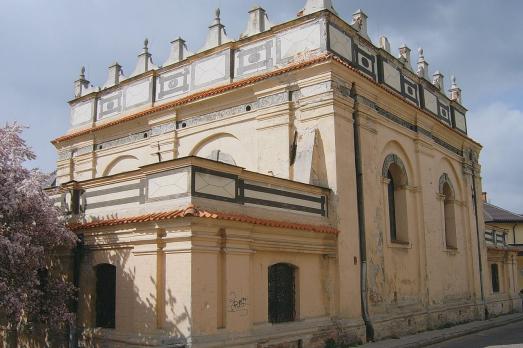
Zamość Synagogue
Zamość, PL
The synagogue of Zamość is the best-preserved late Renaissance synagogue in Poland. The building was built between 1610 and 1620 on the initiative of the city's Sephardic Jews. After being damaged during the Second World War, the synagogue underwent two major restorations in 1948-1950 and 1967-1972. The building now houses the Jewish Museum of the region Zamość and a local educational centre.
